Stem Cells - The Future Solution Of Present Diseases; --- Source, Utility, Transplantation ---
The discovery of stem cells and their use in the treatment of various diseases is one of the greatest discoveries of modern medicine. Stem cells are undifferentiated biological cells which form all the specialized cells of the body, including platelets (necessary for blood clotting) and red blood cells and the white ones. A number of studies have been done until scientists were able to understand how stem cells turn into specialized cells - those cells that make us what we are.
Because their primary structure, stem cells help cell regeneration, leading to treat many diseases and disabilities, among which are: Parkinson's disease, Amyotrophic multiple sclerosis, spinal cord injuries, burns, heart disease, diabetes or arthritis.
The scientists were able to examine human embryonic stem cell (hESC) in 1998, when a group of researchers led by Dr. James Thomson at the University of Wisconsin developed a technique of isolation and cell development. Although hESC cells are useful in the Treat of many devastating diseases, their actual use in medicine is still in an early stage.
Where are stem cells?
Specifically, where stem cells come from?
Most people are familiar with the term "bone marrow" - The soft-looking sponge is found inside bones. Bone marrow contains immature cells known as hematopoietic cells.
Hematopoietic stem cells are different from embryonic stem cells.
Embryonic stem cells can give rise to any type of cell exists in the human body.
Hematopoietic stem cells contain three types of blood cells:
- white blood cells that fight infection,
- red blood cells, which carry oxygen,
- and platelets, which help blood to clot.
The largest amount of hematopoietic stem cells is found in bone marrow and some cells, called peripheral blood stem cells (PBSCs) found in blood.
Careful! Pregnant !!!!
Usually after birth the umbilical cord is discarded along with the placenta, with all that blood that is found inside the umbilical cord that is a rich source of embryonic stem cells. As cells from bone marrow, umbilical cord stem cells can be used in the treatment of several genetic disorders that affect the blood and immune system, leukemia and certain cancers.
Until now about 70 known diseases can be treated with cord blood stem cells.
Below is a list of diseases for which stem cells are considered a treatment option.
Types of cancer that may be treated with stem cells:
- Cranial tumor;
- Retinoblastoma;
- Skin cancer: Merkel cell carcinoma;
- Testicular cancer;
- Ovarian cancer;
- Abdominal tumors;
- Non-Hodgkin's lymphoma;
- Hodgkin's lymphoma;
- Acute lymphoblastic leukemia;
- Acute myelogenous leukemia;
- Chronic myelogenous leukemia;
- Juvenile myelogenous leukemia;
- Cancer of the lymph nodes: angioimunoblastica lymphadenopathy;
- Multiple myeloma;
- Myelodysplasia;
- breast cancer;
- Ewing's sarcoma;
- Neuroblastoma;
- Kidney cancer;
- Various solid tumors;
- Soft tissue sarcomas;
- Waldenstrom macroglobulinemia or his illness;
- Limfohistiocitoza hemophagocytic;
- Rhabdomyosarcoma;
- Poems Syndrome (manifestations of this syndrome consist of polyneuropathy, organomegaly, endocrinopatie, multiple myeloma and skin lesions / skin - POEMS);
- Tumor of the thymus.
Autoimmune diseases
- Multiple sclerosis;
- Crohn's disease;
- rheumatoid arthritis;
- Juvenile arthritis;
- Scleroderma;
- Lupus erythematosus;
- Scleromyxedema;
- Atrophying polychondritis;
- Sjogren's syndrome;
- Behcet's disease;
- MG;
- Autoimmune cytopenias;
- Systemic vasculitis;
- The total alopecia.
Diseases of the cardiovascular system
Different heart disease, such as abdominal or thoracic aortic aneurysm and angina.
Ophthalmic diseases
Stem cells help regenerate the cornea.
Neural degenerative diseases
- Parkinson's disease;
- Damage to the spinal cord;
- Injuries caused by stroke;
Anemia / Blood Diseases
- In sickle cell anemia (sickle cell);
- Sideroblastic anemia;
- Aplastic Anemia (severe);
- Thrombocytopenia amegacariocitara;
- Infection with Epstein-Barr virus;
- Fanconi Anemia's;
- Diamond Blackfan anemia (congenital aplasia of erythrocytes);
- Thalassemia major;
Stem cell transplantation
A stem cell transplant is an infusion of healthy stem cells in the patient's body. This may be necessary if the bone marrow does not work or do not produce enough healthy stem cells. This type of transplant can help the body to produce enough healthy white blood cells, red blood cells and platelets to reduce the patient's risk of making life-threatening infections, anemia and bleeding is I said before
Although the procedure for replacing blood-making cells called generally trasplant stem cell is known as transplantation of bone marrow or umbilical cord blood transplant, depending on the source of stem cells. Stem cell transplantation can use the body's own cells (transplant of autologous stem cells) or they can use stem cells from a donor (transplant of allogenic stem cells).
Stem cell transplantation is performed to treat patients whose stem cells were affected by a disease or treatment the disease. The trasplantul stem cell disorders can benefit both patients with cancer and those with non-cancerous conditions.
A stem cell transplant can assume more risk of complications, some of them potentially fatal. While some patients have fewer problems with transplantation, others must endure repeated hospitalizations and frequent tests.
Wait my next post about Complications and Side Effects of System Cell Transplantation!!!!!
References:
- https://stemcells.nih.gov/info/basics/1.htm
- https://en.wikipedia.org/wiki/Stem_cell
- http://www.medicalnewstoday.com/articles/285666.php
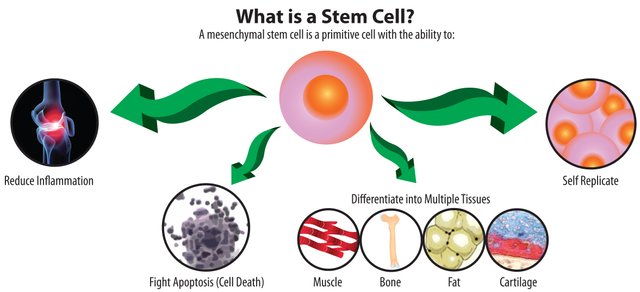
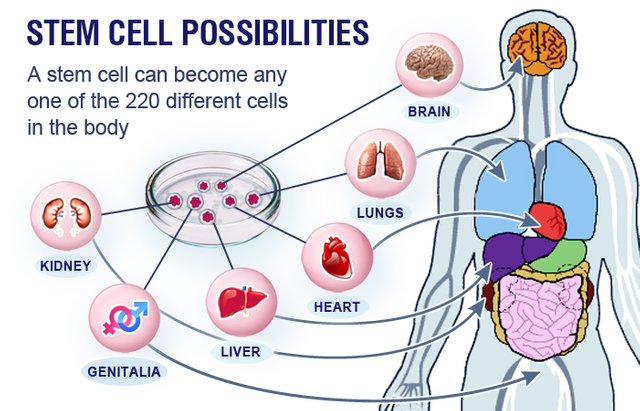
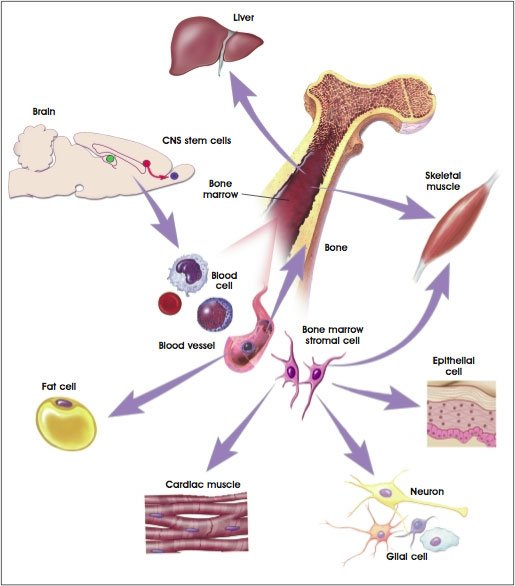
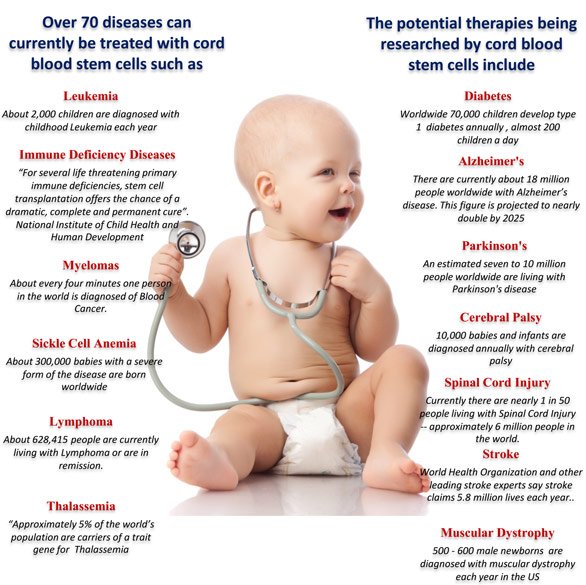
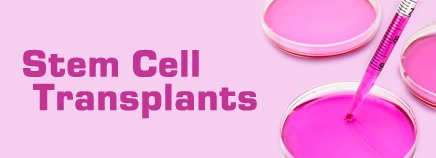

Nice post, comprehensive coverage of topic.
Very informative.